Tyrolean render finish is a render that's being used more and more in recent years, and it could be a great option for your house if you're thinking of hiring someone like us here at MisterRender to start a rendering project on your Upper Poppleton home.
But in order to be certain, you'll need to know a few things about tyrolean render, right? And that's what we're here for today.
Below we'll discuss what tyrolean render is, why and when it's most often used, and point out some of the major benefits of having it installed at home over your external wall insulation.
Join us below for more information.
Tyrolean render hails from the great Alpine regions of Austria, but has been becoming more and more popular elsewhere in recent years, including right here in the UK. Because of its origin, it's also commonly referred to as an Alpine finish, too.
It's characterised by its weathered, textured look that gives it a rough finish suitable for a range of properties - including residential and commercial buildings.
It's made up of a polymer cement render mix with silicone added to it to add some waterproof properties, making this an excellent choice for weather proofing exterior walls.
Unlike some traditional renders, this render finish can have colours mixed into the tyrolean mixture, allowing you to achieve a unique, fun look for your home rendering project.
It's also possible to buy tyrolean renders without colours too, giving you more control over the render finishes moving forward.
Tyrolean render is where every layer of the render - base coat, second coat, and coat render finish - is made up of the tyrolean render mix we spoke about above. Here, the external walls are covered in the tyrolean render in thin layers.
A tyrolean finish is different. When tyrolean finish is used, it's not used on the first layer or second layer, but instead as a finishing coat, giving the characteristic texture to the wall surface, but allowing you to use another render beneath it that may be more suitable for your home.
Whether you use the full tyrolean render or a tyrolean finish is largely dictated by your property. Here at MisterRender, we'll be able to discuss whether a tyrolean finish or render is more appropriate for your exterior walls and then create a plan moving forward.
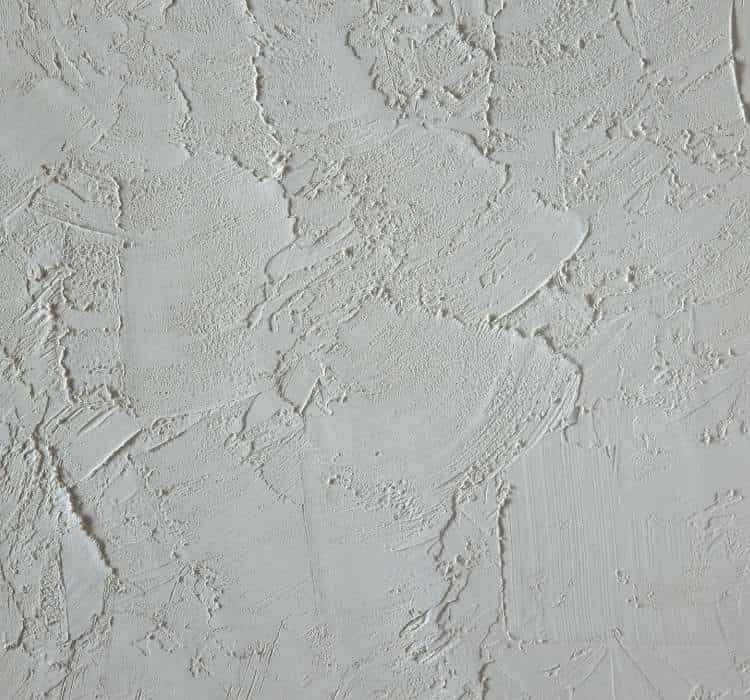

Applying tyrolean render to your external walls is easy enough for experts like us, but it isn't an easy DIY project because you need certain tools like a tyrolean flicker gun - more on this below.
For now, here's everything we use:
To start, we'll simply apply a base coat using the tyrolean cement mixture with clean water mixed throughout. This cement mix is applied using a bucket and trowel, and a scratch comb is used to make the base coat or scratch coat more adhesive.
After 24 hours or so, depending on humidity and weather conditions, the first coat will be dry and ready for the next two coats - applied using the tyrolean gun.
Tyrolean renders are then applied using the tyrolean flicker gun. Here, the gun is filled with the tyrolean render mixture and the gun is adjusted to create the look you want.
Tyrolean render can be applied in larger blobs, or smaller, giving you control over the final look on the wall surface.
This task requires a great deal of concentration as you have to apply the mixture at the right speed and in an even layer whilst maintaining a wet edge. It must be kept at the same distance and the same angle to achieve an even finish.
It's called a flicker gun because when applied properly, the mix is flicked at the walls at different speeds to create a larger, rough texture, or a smaller one.
Two additional coats are needed after the first. Conversely, if you are only using tyrolean finish coats rather than the full render, then the last coat is also applied to the walls using this flicker gun.
Since the materials are fairly low cost, this type of finish is a popular choice for many commercial and residential buildings, and we're finding that our tyrolean services are being called upon more and more, but there are certain places where it's even better to use.
Because of the waterproof elements in the cement-based mix, thanks to silicone, these cement finishes are typically best used in places of high humidity, or in a location by the sea or where adverse weather is common. That's because the render will protect the surface of the wall beneath, whether it's concrete, brickwork, or other masonry from moisture.
Since tyrolean render is so great at protecting properties from the elements, this type of rendering acts as additional insulation and can help you see a reduction in energy bills as a result.
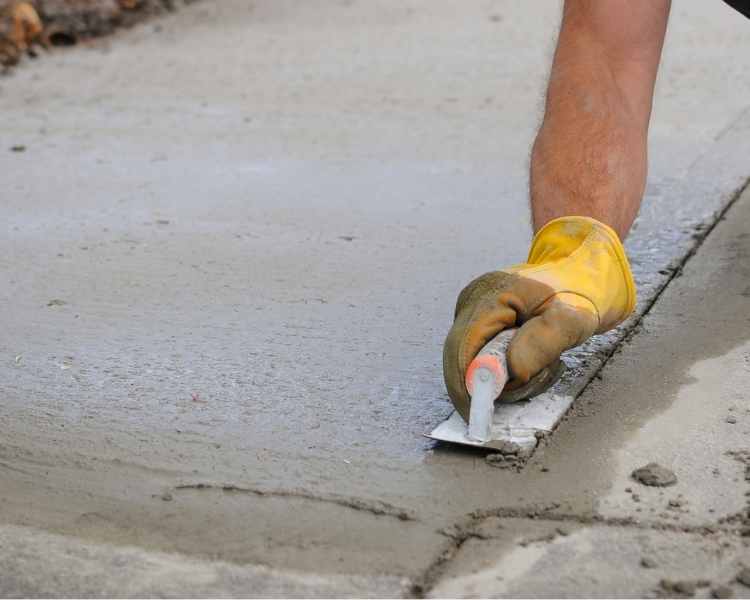
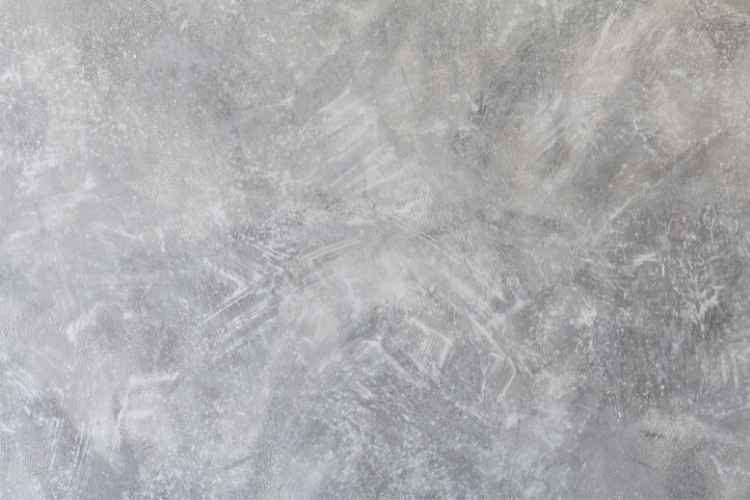
Yes, tyrolean rendering is waterproof, but only if it is applied correctly.
If rain or moisture is able to get between the layers of render, then it can cause cracks, which could then allow more moisture and water to make its way into the home through the brick, eventually effecting the internal walls and plaster and causing both internal and external damp problems.
That's why it's so important that you hire reputable, experienced professionals for the job.
Painting your tyrolean render depends on what type of tyrolean render mix you purchase. Something like cullamix tyrolean, will, of course, have colours mixed into the render so you won't need to paint it because the walls will already be covered in the colour of your choosing, and it'll last a long time too.
If you don't opt for a colour-mixed tyrolean render, then you may wish to change its natural stone grey finish by painting it. This choice is yours though, so if you want to save on materials, you can keep it natural and it'll still be stylish!
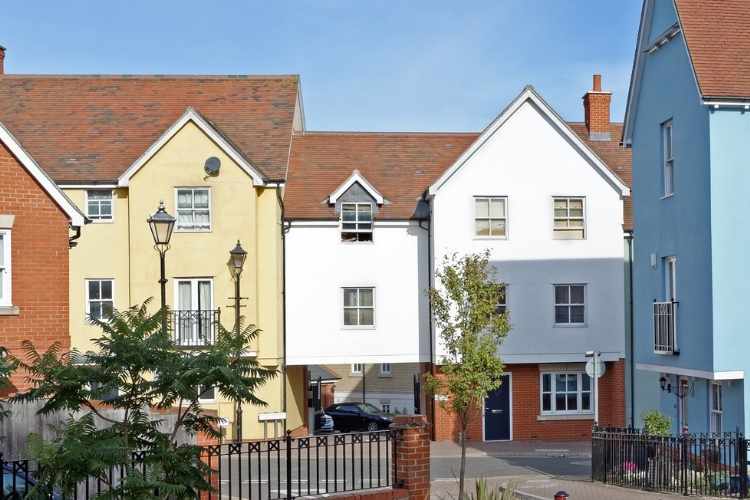
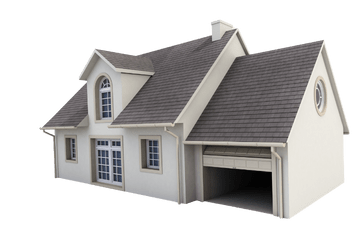
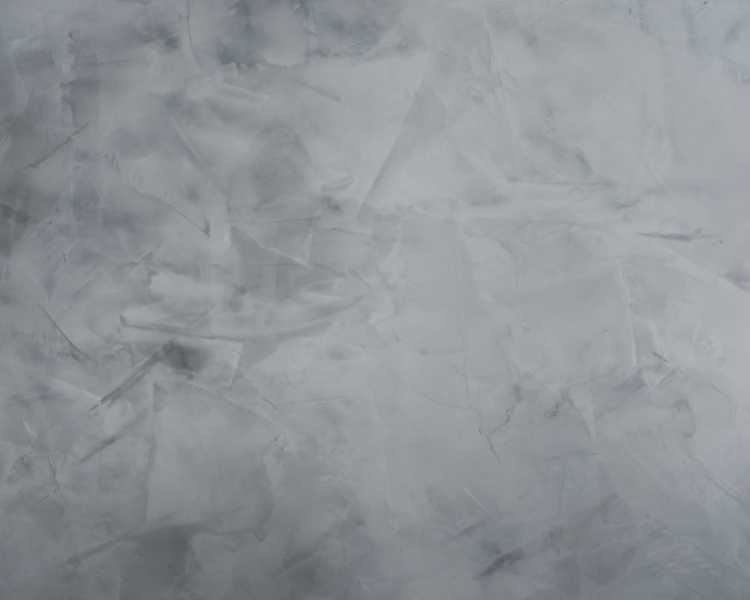
One of the main reasons for opting for a tyrolean render is that it's so popular in the UK right now. Walls covered in this type of rendering are modern, but in a traditional way, thanks to the rough texture, and we don't think the popularity of this finish will diminish any time soon.
Another huge advantage to tyrolean finishes is that there are colour options available, meaning you won't need to keep up with paint maintenance if you don't want to.
But likewise, you can also opt to leave it in its natural look, or choose to paint it so you can update the look of your home whenever you please.
Whatever you decide, there's no denying that the flexibility on offer here is second to none in the rendering world.
Protecting the wall beneath the render is what renders are designed to do, and no render will protect a wall from the worst weather conditions as well as this type of render.
The materials aren't particularly expensive, so this render is often one of the more long lasting, but cost effective options out there. Covering the wall is quick and easy, so despite the three coats it takes to adhere the render to the wall effectively, you'll still save on labour costs compared to other renders.
This render is brilliant at preventing cracks, meaning the brick, masonry, or stone beneath won't be exposed to the rain. On average, this finish will last for 20 years or more.
If tyrolean render sounds as though it's something your Upper Poppleton property could benefit from, then the best thing to do is contact professionals for further advice.
Here at MisterRender, we're experts in a range of rendering options, and we'd be happy to inspect your home and let you know which render is best for you.
We offer competitive prices with expert knowledge and experience in the field, so if you're looking for someone to help with your rendering project, reach out today.
We're excited to hear from you!
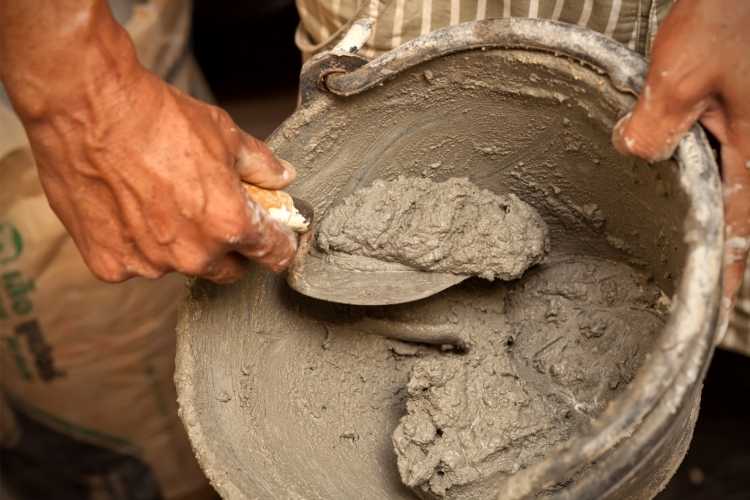

Tyrolean rendering is a cement-based finish that contains silicone to provide waterproof qualities. It is a coating used on masonry or concrete wall surfaces that is ideal for situations with surrounding water and/or high humidity, such as coastal, suburban, and rural areas.
Yes, and the mix for this form of tyrolean render finish rendering is normally a combination of lime, cement, sand, and water, with a ratio of 1 (cement): 2 (sand): 1 (water): 1 (lime).
Because pebble dash is not at all flexible, if pressure is exerted from within the damp wall, the wall surface has no choice except to try to expand to compensate. This also applies to several tyrolean surfaces. Unfortunately, because the pebbledash is not flexible, it cracks.
The tyrolean we're discussing is a polymer cement and a form of render that is permeable on the inside and waterproofing on the outside.